As you sit in your jeep, watching the big cats of the savanna hunt their prey, you are in awe. They strategize, stalk, and when the time is right, they go in for the kill. The scene is intense and quick. Blink and you just might miss it!
Most of the time, our souvenirs from travels come in the form of little trinkets we find in the market and images of wildlife forever etched in our memories. But the best way to bring home your experience from your safari is actually to capture it in film through wildlife photography.
What is Wildlife Photography?
Wildlife photography refers to photography that documents wildlife in their natural habitat. It is a challenging form of photography as it deals with unpredictable animals and usually takes a great deal of patience and perseverance.
At first glance, this type of photography can be daunting. Capturing images of wildlife subjects that are often quick and unpredictable can be a challenging task, but fret not! We’ve gathered some of the best wildlife photography tips and tricks to help you capture the images of animals in its natural best!
Know Your Subject
Any photographer’s tip for a picture perfect moment is to get to know your subject as best you can. This tip is also true for your subjects in the wild. To take the perfect wildlife photo, you will first need to get acquainted with the species you are capturing. Do your research in advance. Find out its habitat, its behavior in the wild and its feeding pattern. If you understand your subject’s pattern and habit, you will be able to anticipate its action.
For example, large birds of prey often defecate before a flight. This means that while you are shooting an eagle atop a tree and it defecates, you will be much more prepared for its next move—to fly—and will be able to capture its flight better. Being aware of these behaviors will not only enable you to anticipate a good shot, but also to be safe while photographing wildlife. When you’re on an elephant safari and you happen to encounter a herd of elephants, be aware that they will spread their ears wide as a sign of aggression when they feel threatened.
Understand Composition
While it is not necessary to get high-end wildlife photography cameras, it is important to understand composition when it comes to capturing the wildlife. To understand composition means to be able to arrange elements within the picture in a way that works to tell your story the best. A good composition in photos will guide your viewers toward your subject and make it stand out.
To help frame better composition, a good photography tip is to always follow the rule of thirds. The rule of thirds essentially means to divide your image into nine sections using horizontal and vertical lines. You can either do this by imagining it, or using the grid setting that is available in most digital cameras. Positioning your most important subjects on the intersections where the lines meet will make for better composition as off-center composition is said to be more pleasing to the eye.
Get Up Close & Personal
A great wildlife photography tip for beginners is to get personal with the animals you are trying to photograph. To capture the best possible shot, get up close and personal with your subject matter. A close up of your subject is a great way to really capture your subject—injecting soul and personality into the image on camera. While the best way to do this is to inch closer to the subject, this is not always possible in the wild, as the animals may move away from you or feel threatened and attack.
Fortunately, there are other ways to get up close without physically moving. Using telephoto lenses will enable you to capture intimate shots from a distance. Getting lenses with lengths between 300mm to 600mm will enable you to capture animals from afar, but do take note that these lenses are bulky and heavy. They are more suitable on a classic safari trip where you are guided through the savanna in a vehicle rather than a walking safari adventure.
Another good trick to capture close ups at a distance is to use binoculars! Place the lens of your camera at one of the binocular’s eyepieces. Allow the camera to focus on the image and snap the shot.
Use Natural Light
Out in the wild, understand that Mother Nature is your best assistant! The sun is the best tool you have in the great outdoors to help you add depth into your images. The best times to photograph wildlife are at the beginning of the day and at the end of it, when the sun is lower in the sky. With the sun lower in the sky, you can utilize different photography techniques such as backlighting and silhouettes, both of which will create incredibly dramatic pictures of your subjects.
Shooting images with a backlight will enable you to capture a striking photograph. For pictures in the early morning and late afternoon, position yourself in front of our subject, with the sun directly behind it. The image you will capture will have a strong backlit outline, instantly giving your subject that much more attention.
Silhouettes in photography are known as the most extreme form of backlighting. It causes the subject to be captures as black without details or color. Silhouette images are bold and eye-catching and great for capturing photographs of large animals such as elephants and rhinos. Silhouettes are best captured in the later hours of the day, just when the sun has gone down.
Use a Fast Shutter Speed
When trying to capture wildlife in action, such as the wildebeest crossing in the Great Migration, it is best to use a fast shutter speed. Using a correct shutter speed that somewhat matches the movement of your subject will enable you to create sharp images. Correct shutter speeds allow you to eliminate camera shake especially when you are using a handheld camera or shooting from a moving vehicle.
Animals in the wild, especially those on the move, tend to move at fast speed, which means that your shutter speed needs to be as fast in order to match it!
If you are looking to freeze the action of a moving animal, shoot at 1/500 of a second or faster. For running subjects, adjust your shutter speed between 1/1000 to 1/1250. As a rule of thumb, your shutter speed should always be the same or higher than your focal length. Do take this into consideration especially if you are using a zoom lens.
About the Author:
Elaine Clara Mah is a contributing writer for BookAllSafaris.com. She is constantly in awe of the majestic animals living in the wild alongside us and does what she can to help conserve their habitat.
Like This Article?
Don't Miss The Next One!
Join over 100,000 photographers of all experience levels who receive our free photography tips and articles to stay current:
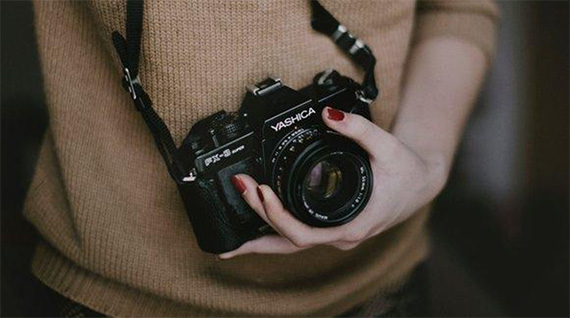
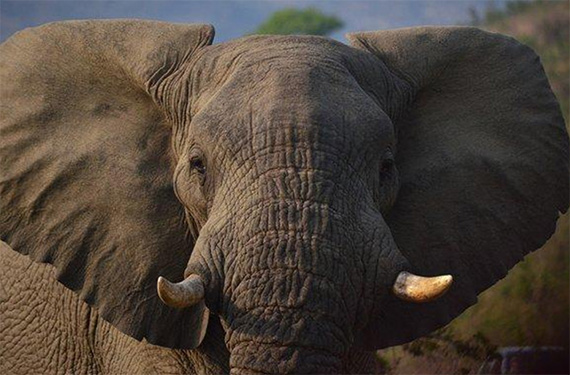
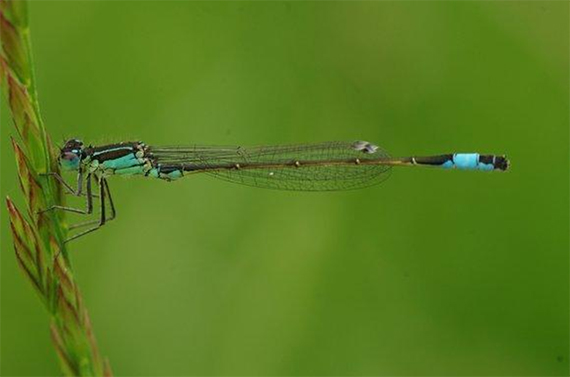
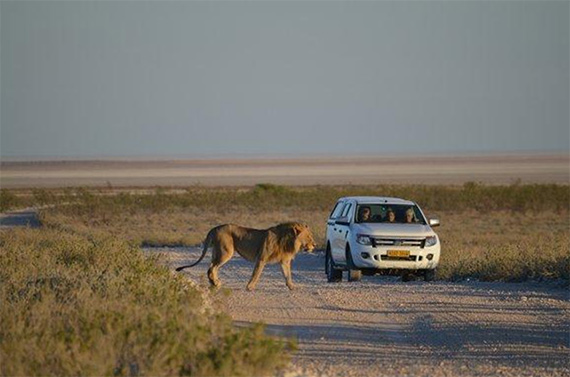
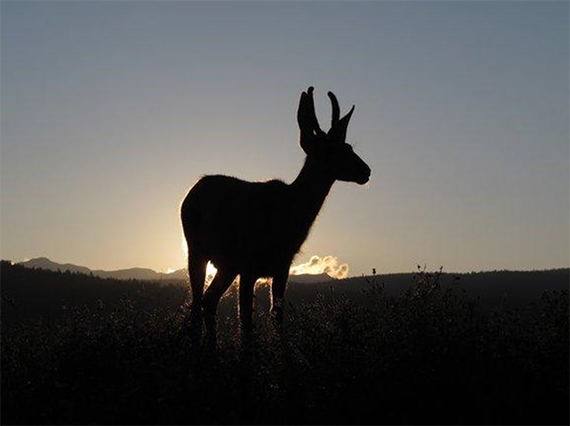
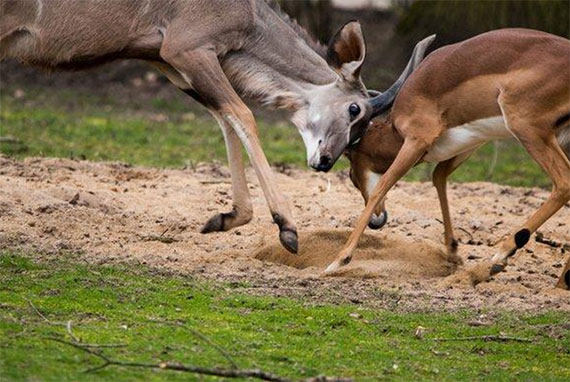






Great tips! Wonderful experience to shoot wild animals!